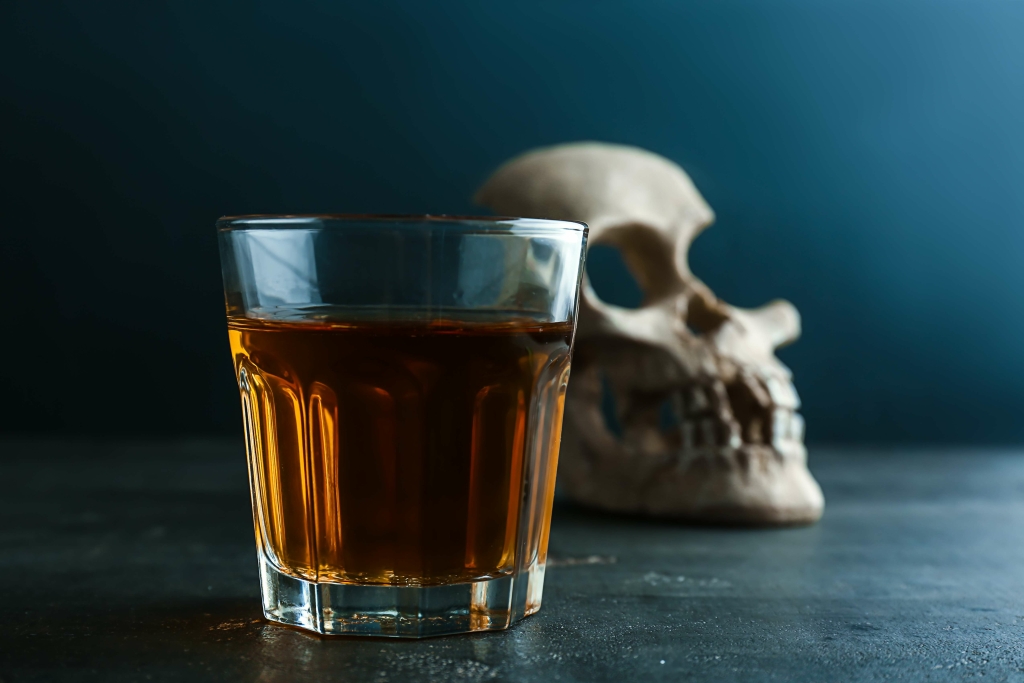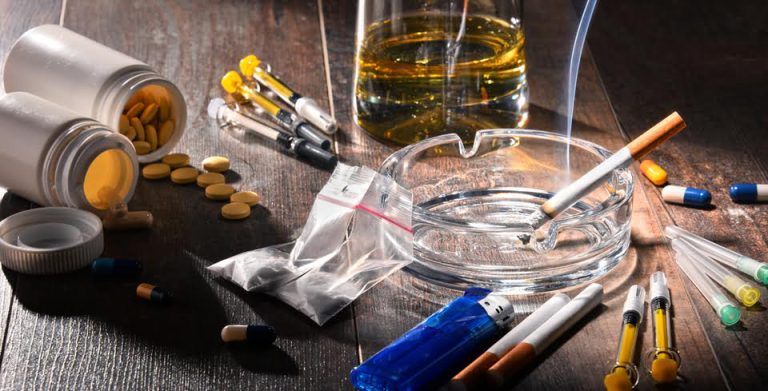In particular, it was described as crucial for increasing the feeling of normality and participation. The informants talked about several sorts of activities, and they had found the levels and durations that suited https://magazin-bezhimii.ru/catalog/bioprodukty/ledency-i-napitki/karamel-ledencovaya-healthberry-ecodrops-brain-activity-30-sht them. Social services or volunteers organised the activities, and some participants had ordinary paid jobs. I lead the board in the housing cooperative where we live; I have a responsible position at work.
Finding Alternatives to Drug Cultures

These causal neurogenetic attributions have led some authors to advocate for involuntary treatment in addiction, arguing that, paradoxically, autonomy must be denied, “in order to create it” (Caplan 2008). Programs that do not have a plan for creating a culture of recovery among clients risk their clients returning to the https://www.ciudadyachay.com/page/2/ drug culture or holding on to elements of that culture because it meets their basic and social needs. In the worst-case scenario, clients will recreate a drug culture among themselves within the program. In the best case, staff members will have a plan for creating a culture of recovery within their treatment population.
Brain Biology and Addiction
Once an intention has been formed for example, to use substances one is aware of the intention, though intention itself does not sufficiently cause the individual to seek out or use drugs. From a neuroscience perspective, it is difficult to see such actions as completely free, particularly when explanations of natural phenomena are understood https://www.linkin-park.biz/page.php?id=184 as causally ordered. The notion of free choice becomes particularly troublesome due to the conscious experience of acting freely. As Searle (2004) argues, “there is a striking difference between the passive character of perceptual consciousness and the active character of what we might call ‘volitional consciousness’“ (41).
Stigma, Heroin Assisted Treatment, and the Biopsychosocial Systems Model
- For starters, there are those who are philosophical physicalists who believe that biological, psychological and social levels of analysis are either epiphenomenal or can be fully reduced to the physical.
- Furthermore, because the BPSM is really an atheoretical model (Brendel 2003; Ghaemi 2011; Skarmeta et al. 2019), it obviously cannot establish which explanations make theoretical sense.
- We examine heroin-assisted treatment as an applied case example within our framework.
- Thus the claim that “an addict cannot be a fully free autonomous agent” (Caplan 2008, p.1919) is debatable.
- Thus, the production of a new and expansive public health problem in the “gun violence disease” discourse has the potential to significantly increase the power of the state, and not just that of the medical field per se.
- Being in recovery includes a long-time search for a better life and increased quality of life with the collaborative support of others, including professionals, when needed [6, 15, 21, 27, 28].
The neuropsychological functioning of a person can determine what sort of treatment approach will be best of a person, what will be the best rehabilitative plan, what kind of management strategy should be employed and what is the prognosis. Table 1 outlines the list of instruments that can be used to assess neuropsychological performance. Online/outpatient treatment for mental health/addiction, please visit Hopetrust site our partners having excellent team of professional & experienced Psychiatrist/Counselors. It is important to note that the wayward BPSM argument on gun violence has been set forth in the leading health policy journal Health Affairs (Grossman and Choucair 2019). It also received considerable attention at at least one conference put on by prestigious health institutions (National Academies of Science 2019) and is echoed in the “Social-Ecological Model” of violence used by the U.S. Centers for Disease Control and Prevention (Centers for Disease Control and Prevention 2022).

Although people are not entitled to commit violence, they are entitled to a level freedom in thought and action that may result in violence. Efforts to prevent violence must therefore be balanced against the need to respect people’s civil liberties and autonomy. What the appropriate balance in this regard is and how it shall be achieved are political questions that deserve public debate. In wayward BPSM discourse, however, people’s beliefs, etc., are treated as disease “risk factors” to be altered by medical and public health actors (Barron et al. 2021; Hargarten et al. 2018). Along with “national security,” “public health” is one of the few imperatives that readily justifies state abrogation of individual rights. Thus, the production of a new and expansive public health problem in the “gun violence disease” discourse has the potential to significantly increase the power of the state, and not just that of the medical field per se.
- Although there is no “addiction gene” to definitively identify a person as being at risk for addiction, it is evident through twin studies, adoption studies, family studies, and more recently, epigenetic studies that addiction has a genetic component.
- Within that overall framework, diverse psychology specialty areas focused on personal processes – beliefs, about the world and their own agency, personal goals, emotions, and behavior – in interaction with biological and social processes.
- Accordingly, the matrix of a person’s socio-historical context, life narrative, genetics, and relationships with others influence intention, decision, and action, and thus shape the brain.
- This study sought to determine substance use and biopsychosocial outcomes at 3 months and 9 months following TC treatment across two sites.


